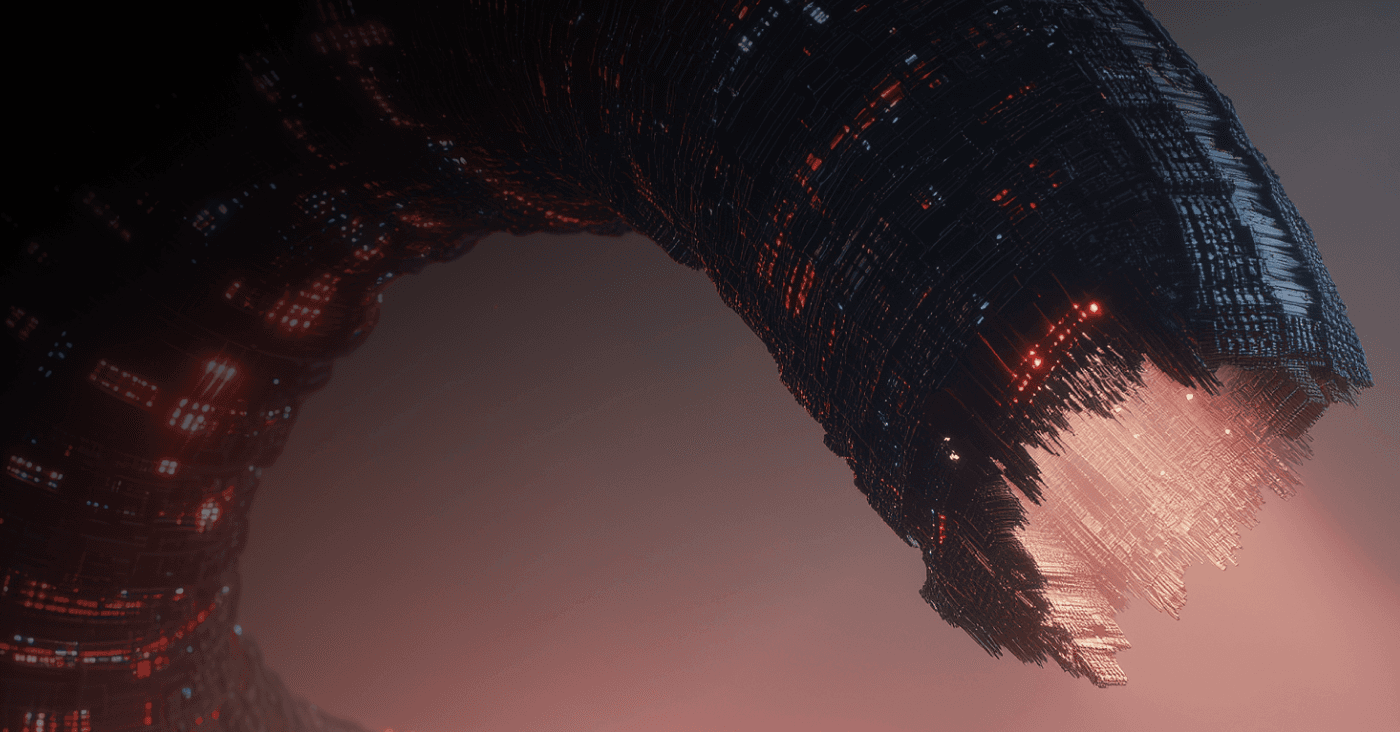
Shai-hulud is a call to action on AppSec
Trigger.dev's post-mortem shows that you need modern controls to combat today's supply chain attacks.
Cyber Supply Chain Risk Management is a NIST initiative that involves identifying, assessing, and mitigating cybersecurity risks associated with the supply chain of products and services. It encompasses all components, processes, and entities in developing, distributing, and maintaining technology assets. By implementing C-SCRM practices, organizations can safeguard against cyberthreats and vulnerabilities throughout their supply chain.
Protecting against cyberthreats: A proactive defense initiative that is designed to protects against data breaches, intellectual property theft, and service disruptions. Organizations can strengthen their security measures by identifying vulnerabilities within the supply chain to mitigate these risks effectively.
Fostering trust and confidence: One of the significant benefits is establishing trust among customers, partners, and stakeholders. Demonstrating a robust supply chain security strategy instills confidence in the reliability and integrity of products and services, leading to long-term business relationships.
Ensuring regulatory compliance: C-SCRM helps ensure that organizations comply with industry regulations and standards related to cybersecurity. Implementing a structured risk management approach helps organizations navigate complex compliance requirements, reducing the risk of noncompliance and potential legal repercussions.
Enhancing cybersecurity posture: Through C-SCRM practices, businesses can strengthen their cybersecurity posture and resilience. Identifying and mitigating risks at various points in the supply chain fortifies defense mechanisms, minimizing cyber-incidents' impact and the subsequent recovery time.
Software supply chain risk: Pertains to vulnerabilities introduced through malicious code, insecure software development practices, or third-party libraries.
Hardware supply chain risk: Involves compromised hardware components, backdoors, or counterfeiting.
Third-party vendor risk: Relates to suppliers' and vendors' security practices and vulnerabilities.
Data integrity risk: Refers to potential alterations, deletions, or unauthorized access to data throughout the supply chain.
Enhanced security: Implementing robust C-SCRM practices protects sensitive data and valuable assets from supply chain attacks and potential breaches. This comprehensive approach ensures that vulnerabilities within the supply chain are identified and addressed proactively, minimizing the risk of data breaches that could lead to significant reputational damage. With a secure supply chain, organizations can gain the confidence of their stakeholders and customers, establishing a reputation for reliability and trustworthiness in the market.
Regulatory compliance: C-SCRM helps ensure that organizations adhere to the necessary cybersecurity standards and guidelines. By incorporating C-SCRM practices into their supply chain processes, businesses can demonstrate their commitment to data protection and cybersecurity best practices. This reduces the risk of regulatory fines and penalties and reinforces the organization's credibility and trustworthiness in the eyes of customers and partners.
Competitive advantage: Embracing a proactive approach can provide a competitive edge in the market. As cybersecurity concerns continue to grow, customers and partners increasingly prioritize the security and integrity of their products and services. By highlighting their robust C-SCRM strategy, organizations can differentiate themselves from competitors. Customers are more likely to choose a company that can demonstrate a secure supply chain and a commitment to protecting their data and assets.
Cost savings: Early mitigation of cybersecurity risks through C-SCRM can lead to significant cost savings in the long run. By identifying and addressing potential vulnerabilities early, organizations can prevent costly cyber-incidents that may result in financial losses, legal liabilities, and expensive remediation efforts. The investment in an effective C-SCRM is often less expensive than dealing with the aftermath of a cyberattack. A secure supply chain also minimizes the risk of business disruptions, ensuring continuous operations and avoiding potential revenue losses.
Vendor risk assessments: Evaluate suppliers' and vendors' cybersecurity practices and capabilities before engaging in partnerships.
Secure coding: Implement secure coding practices and conduct regular security audits for software development.
Encryption: Encrypt data at rest and in transit to protect it from unauthorized access.
Continuous monitoring: Regularly monitor the supply chain for emerging risks and vulnerabilities.
Incident response planning: Establish a comprehensive incident response plan to respond swiftly to cyber-incidents.
Healthcare industry: Any vulnerabilities within the supply chain for medical devices could lead to severe consequences, potentially harming patients or compromising sensitive health data. By implementing robust C-SCRM practices, healthcare organizations can identify and address potential vulnerabilities at various supply chain stages. This proactive approach ensures that medical devices and software are developed, distributed, and maintained with the highest levels of security, minimizing the risk of cyberattacks and protecting patient safety and privacy.
Financial sector: The financial sector is a prime target for cybercriminals due to the vast amount of sensitive financial data it handles. C-SCRM is pivotal in identifying and mitigating cyber supply chain risks associated with financial software development and distribution. By thoroughly assessing and securing the supply chain, financial institutions can fortify their defenses against potential cyberthreats and reduce the risk of data breaches that may lead to severe financial losses, reputational damage, and legal liabilities. A robust C-SCRM strategy ensures that financial services are delivered securely, building trust among clients and investors.
Government agencies: Government agencies safeguard critical infrastructure components for national security and public safety. These components often rely on interconnected technologies and third-party suppliers, making them susceptible to supply chain risks. C-SCRM becomes vital in this context because it focuses on protecting the entire supply chain of these critical components. By implementing C-SCRM practices, government agencies can identify and address potential vulnerabilities within the supply chain, ensuring that the technologies and systems used in critical infrastructure are secure and resilient against cyberthreats. A well-orchestrated C-SCRM program helps maintain the integrity of government operations and public safety.

Trigger.dev's post-mortem shows that you need modern controls to combat today's supply chain attacks.

Researchers explain that as threat actors move to AI-enabled malware in active operations, existing defenses will fail.

Gaining visibility into supply chain threats — and adding controls for software risk — are essential to insurability.